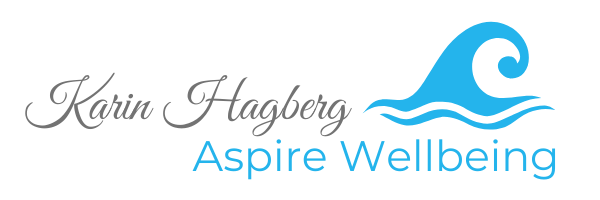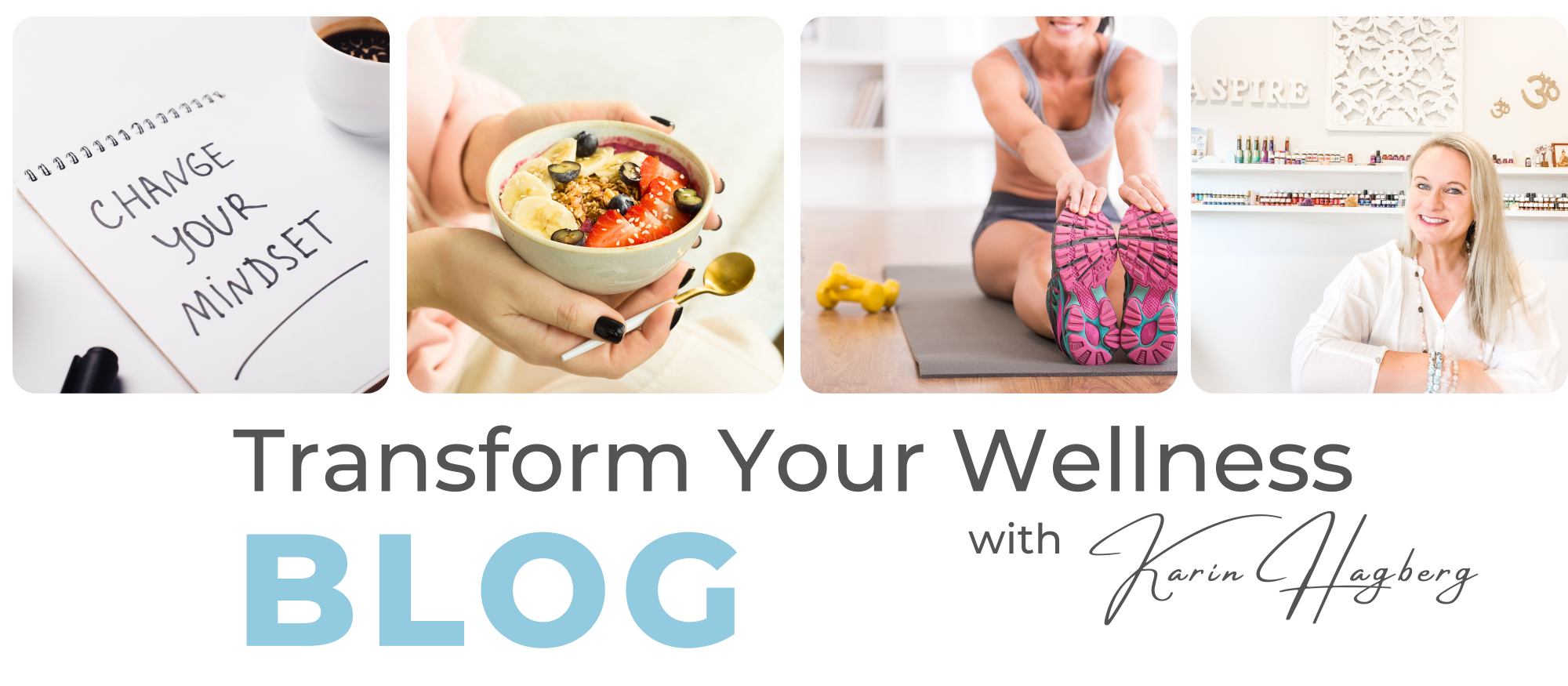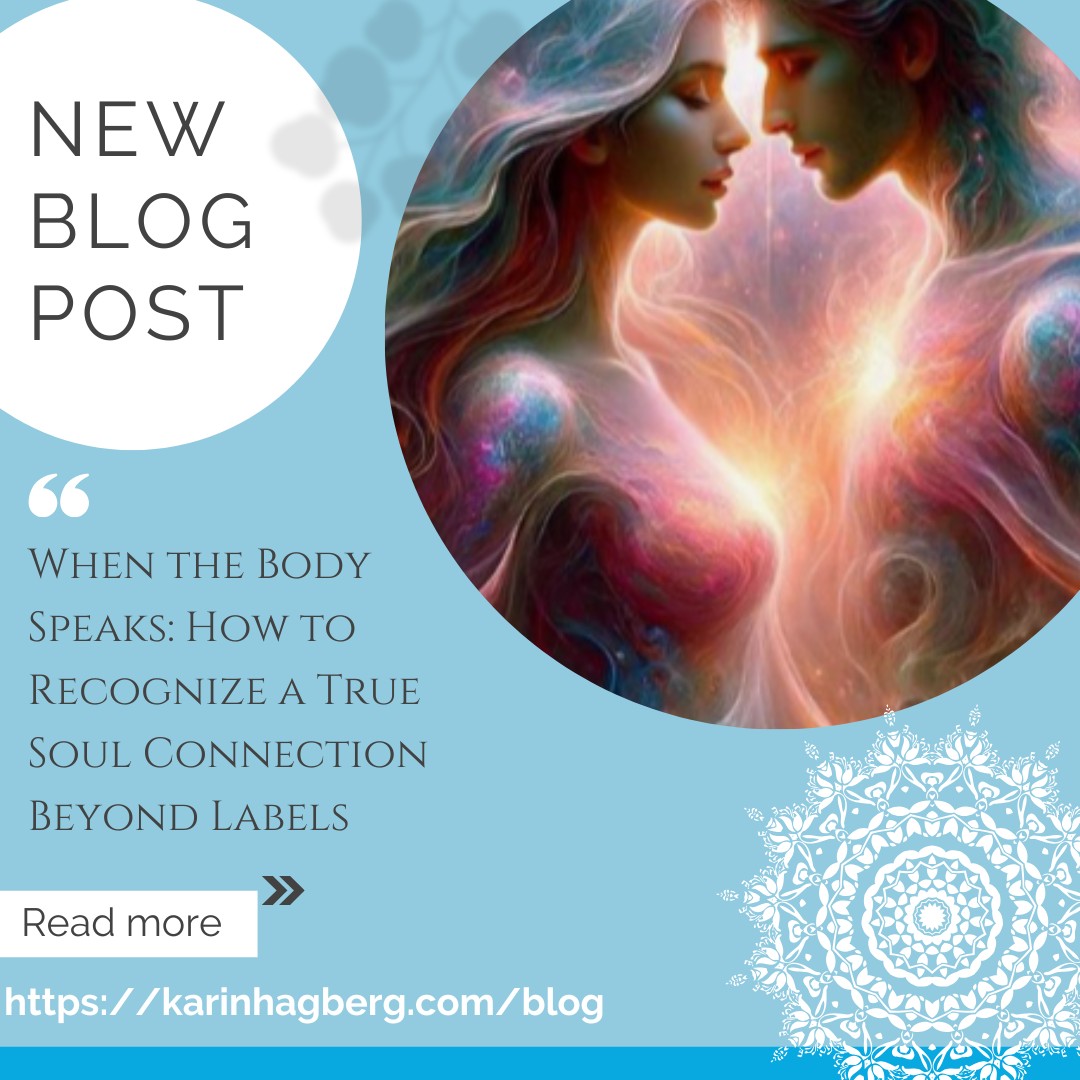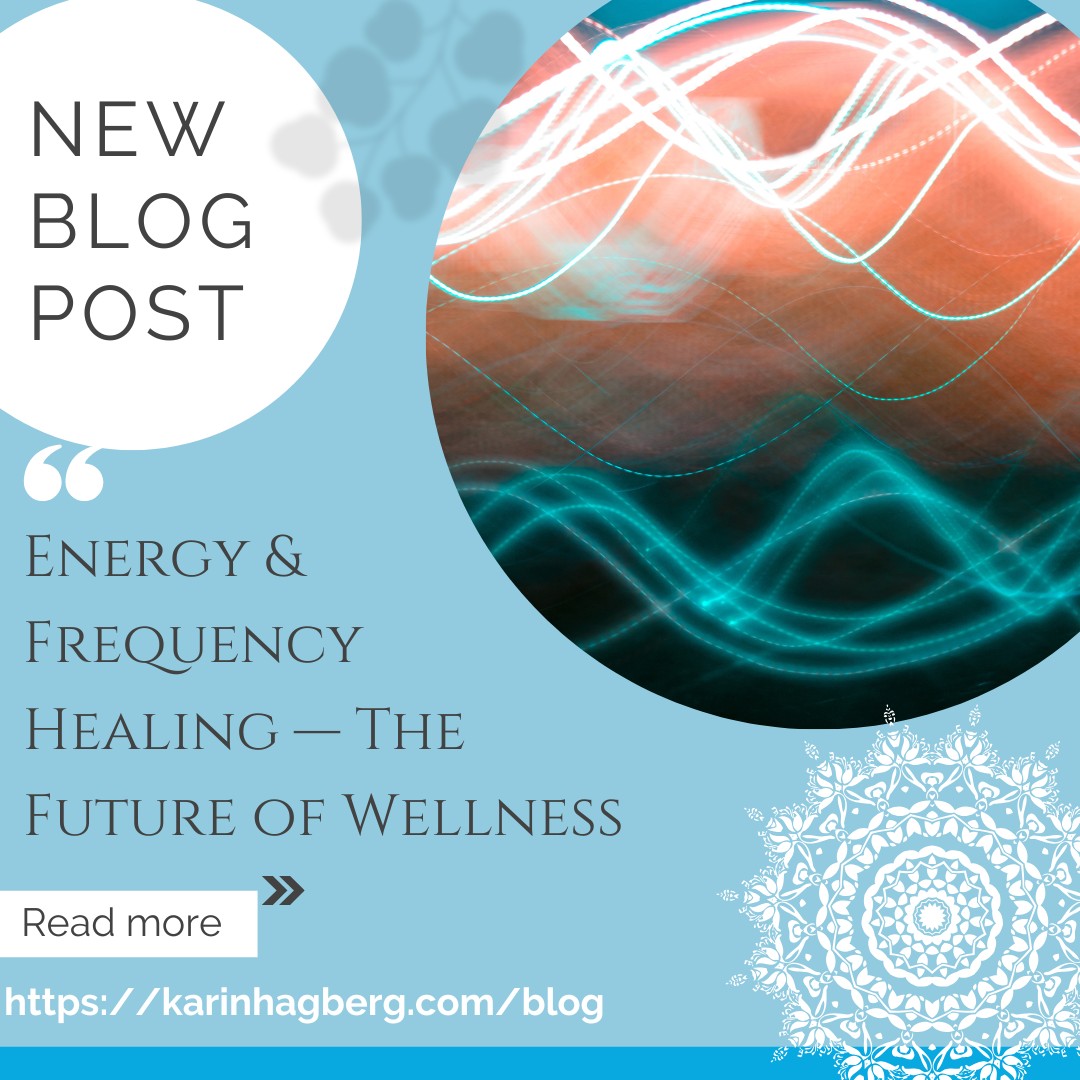
Unlock the secrets of true well-being by understanding the vibrational nature of our existence where energy flows and frequency harmonises our life. Discover how balance across physical, mental, emotional, and spiritual realms can revolutionize your well-being, and explore the exciting potential of cutting-edge therapies like PEMF (Pulsed Electromagnetic Field therapy) and Terahertz frequencies. These innovative technologies may recharge your cells, restore balance, detoxify, and enhance your body's natural healing powers. Dive into a world where science meets serenity and explore how energy regulation can be the cornerstone of a life filled with vitality and abundance. Curious about how these frequency-based therapies can transform your wellness journey? Explore the mysteries and miracles of energy healing and begin your transformative journey today!
Read more...

Every woman around me was carefully wrapping herself in a towel, turning away, doing her best to stay covered.
It wasn’t a large room — and there were cubicles with doors for anyone who wanted privacy — yet still, there was this sense of needing to hide.
And it made me pause.
Why do we feel we need to hide our bodies… even in a space that’s just for women?
Why do we feel we need to hide our bodies… even in a space that’s just for women?
Growing Up in Sweden Was Different
I grew up in Sweden, where this was never the case. The showers in change rooms were open — no curtains, no cubicles.
Women would stand side by side — showering, chatting, laughing. Bodies were just bodies. There was no shame, no awkwardness, no sense of needing to cover up.
When I was rowing, we even shared the sauna with men. It wasn’t strange. It was simply normal.
A Memory With My Daughter
When my children were little, I saw how different things were here in Australia. My daughter would use her towel like a shield after swimming lessons, because that’s what “everyone did.”
But when she was 11 (and my son was 9), we spent three months in Sweden.
One day, she came home after sports at school, her eyes wide.
“Mum… the girls were all running around naked in the change room! Showering, laughing, not even caring!”
At first, she was shocked. A little uncomfortable.
But then she noticed the freedom in it — the comfort, the joy, the complete lack of shame.
But then she noticed the freedom in it — the comfort, the joy, the complete lack of shame.
That memory has always stayed with me.
A Body is a Body
I’ve worked with bodies for over 25 years. I’ve seen every shape, every size, every scar, every wrinkle, every story.
And you know what?
👉 None of that defines a person.
👉 None of that defines a person.
Your body is not who you are.
Your body is your temple.
Your body is your temple.
Bodies Change — And That’s a Privilege
As women, our bodies go through incredible journeys:
🤰 Pregnancy
🧒 Birth
🌙 Menopause
⏳ Aging
🤰 Pregnancy
🧒 Birth
🌙 Menopause
⏳ Aging
Bellies stretch. Breasts sag. Skin wrinkles. Gravity leaves its mark.
Yes, those changes can feel confronting when we look in the mirror.
But every mark, every fold, every wrinkle is proof that you’ve lived.
But every mark, every fold, every wrinkle is proof that you’ve lived.
And isn’t that worth embracing?
My Message to You Today
Can you stand in front of a mirror and truly love what you see?
Not “one day when you’ve lost weight.”
Not “when you’ve toned up.”
Not “when you’ve toned up.”
But right now.
👉 Can you love the belly that carried your babies?
👉 The wrinkles that came from years of laughter and tears?
👉 The softness that time has gifted you?
👉 The wrinkles that came from years of laughter and tears?
👉 The softness that time has gifted you?
And if you choose to make changes, do it from love — not shame.
Move your body, nourish it, care for it. Not because you need to be “perfect,” but because you love yourself enough to honour your temple.
Move your body, nourish it, care for it. Not because you need to be “perfect,” but because you love yourself enough to honour your temple.
Another Reflection…
Why do we hide so much here in Australia?
Why don’t we allow female teachers to simply supervise girls in change rooms — showing them what healthy, comfortable body acceptance looks like? Perhaps that role-modelling is what young girls need most.
And here’s where I may differ from some: I believe there are two sexes — female and male. And we can honour that without shame, without confusion, and without losing the sacredness of our spaces.
What I Believe Deeply
✔️ A body is a body — it is not who you are.
✔️ Every wrinkle, every fold, every scar tells your story.
✔️ Hiding feeds shame. Embracing feeds love.
✔️ Self-love begins when you stop fighting your reflection.
✔️ Every wrinkle, every fold, every scar tells your story.
✔️ Hiding feeds shame. Embracing feeds love.
✔️ Self-love begins when you stop fighting your reflection.
A Question For You
👉 What is your relationship with your body?
👉 Do you hide, or are you learning to accept and love yourself?
👉 Why do you think women hide in change rooms here in Australia?
👉 Do you hide, or are you learning to accept and love yourself?
👉 Why do you think women hide in change rooms here in Australia?
This may trigger some… but maybe that’s the point.
Maybe it’s time we open up the conversation.
Because real self-love doesn’t start “one day when we’re perfect.”
It starts now.
With the body you live in today.
It starts now.
With the body you live in today.
Love it. Care for it. Honour it.
Because it’s yours.
And it’s beautiful.
Because it’s yours.
And it’s beautiful.
Karin Hagberg – The Awake Wellness Warrioress
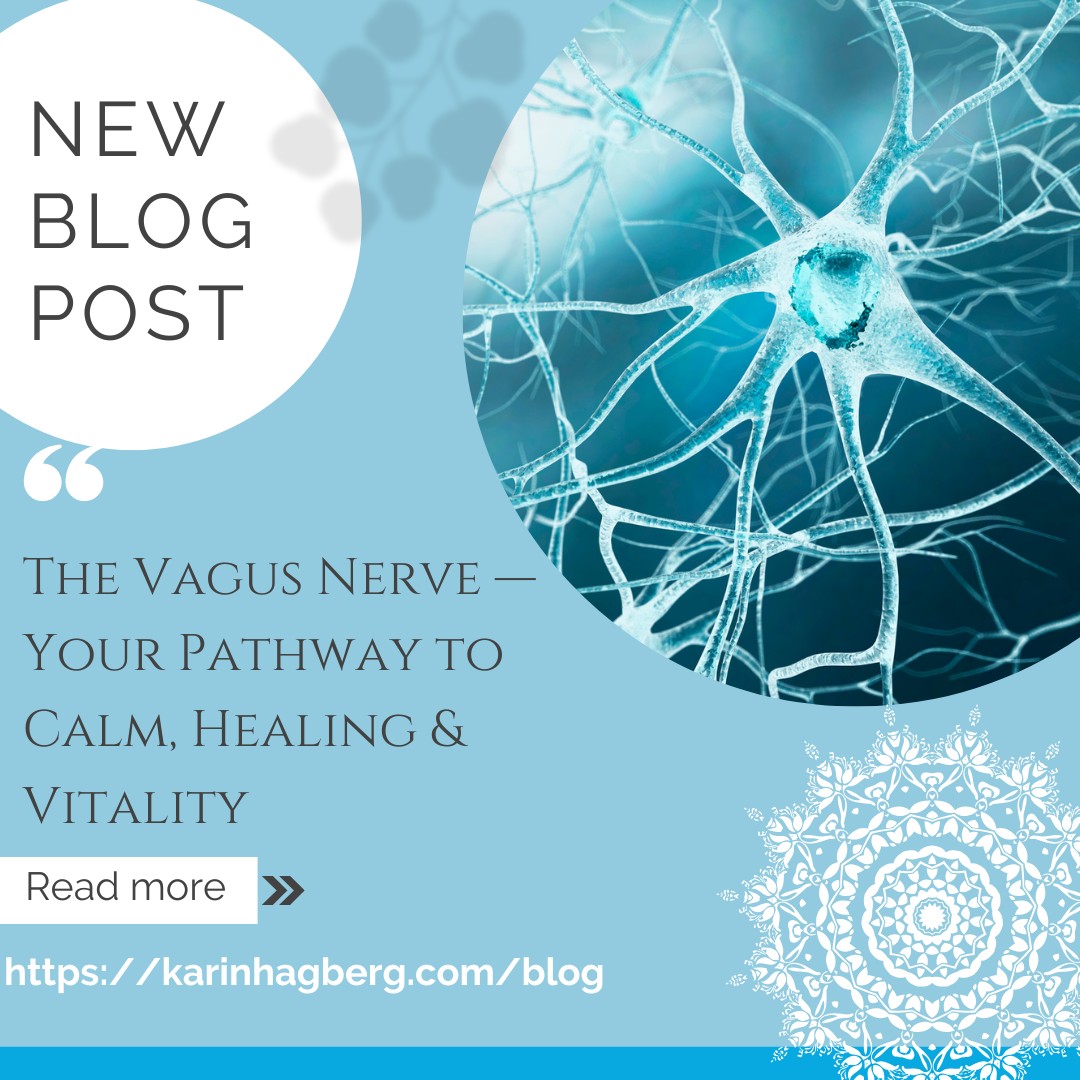
Discover the incredible power of the vagus nerve, the mind-body connector that bridges the gap between your brain and vital bodily functions. As the longest cranial nerve, it plays a crucial role in activating the parasympathetic nervous system, promoting rest, digestion, and healing. By enhancing what is known as "vagal tone," you can improve resilience, health, and emotional well-being. Dive into practical techniques for strengthening this essential nerve, from the simplicity of deep breathing to the joy of social connections. Transform your well-being by exploring the profound influence of the vagus nerve on mental health, inflammation, and even spiritual connection. Discover how this remarkable pathway can lead you to greater calm, vitality, and presence.
Read more...
Basil, a staple herb cherished for its lush green leaves and aromatic essence, is essential for anyone passionate about cooking and health. Beyond its culinary appeal, basil is celebrated for its nutritional and medicinal benefits, traced back to ancient cultures. This versatile herb is rich in antioxidants, anti-inflammatory properties, and essential vitamins which support everything from gut health to stress reduction and immunity boosting.
To maximise basil's freshness, it’s important to store it correctly—avoid refrigeration as it can blacken the leaves. Instead, keep the basil in a glass of water like cut flowers or freeze it with olive oil in ice cube trays for prolonged use. When incorporating basil into dishes, tear the leaves rather than chop to prevent browning and preserve flavor, and always add them at the end of cooking to maintain their vibrant taste.
There are countless delicious ways to integrate basil into meals. Create a homemade pesto with fresh basil, olive oil, garlic, and parmesan for versatile use in pasta and sandwiches. Basil's fresh leaves also add a punch to caprese salads, pizzas, and even smoothies, while basil can be steeped in hot water for a soothing tea or incorporated into beverages for a refreshing twist. Whether used fresh, dried, or blended, basil's aromatic charm and health benefits make it an invaluable addition to any culinary repertoire.
Read more...
The blog post explores the potential health impacts of wire bras, emphasizing the importance of reevaluating their use for overall well-being. Highlighting the issues of restricted lymph flow, the article explains how tight underwire bras can impede the body's natural detoxifying process, possibly causing toxin buildup and related health complications. Furthermore, it discusses how wire bras can impact breast tissue by causing discomfort, soreness, and long-term changes due to constant pressure.
In addition to affecting breast health, the article points out the negative effects of wire bras on breathing and posture. Poorly fitted bras can limit lung capacity, which in turn impacts physical and mental health. Skin irritation and allergic reactions caused by synthetic materials are also noted, specifically for individuals with sensitive skin.
As a solution, the article suggests exploring alternatives to wire bras, such as wireless bras, sports bras, and bralettes, which offer support without compromising health. The post advocates for proper fitting to avoid undue pressure, taking regular breaks to maintain natural lymph flow, and reflecting on how clothing choices impact one's mental health and self-perception. Ultimately, choosing comfortable bras is presented as an essential aspect of a healthy lifestyle, encouraging readers to share their experiences and make informed decisions for better well-being.
Read more...